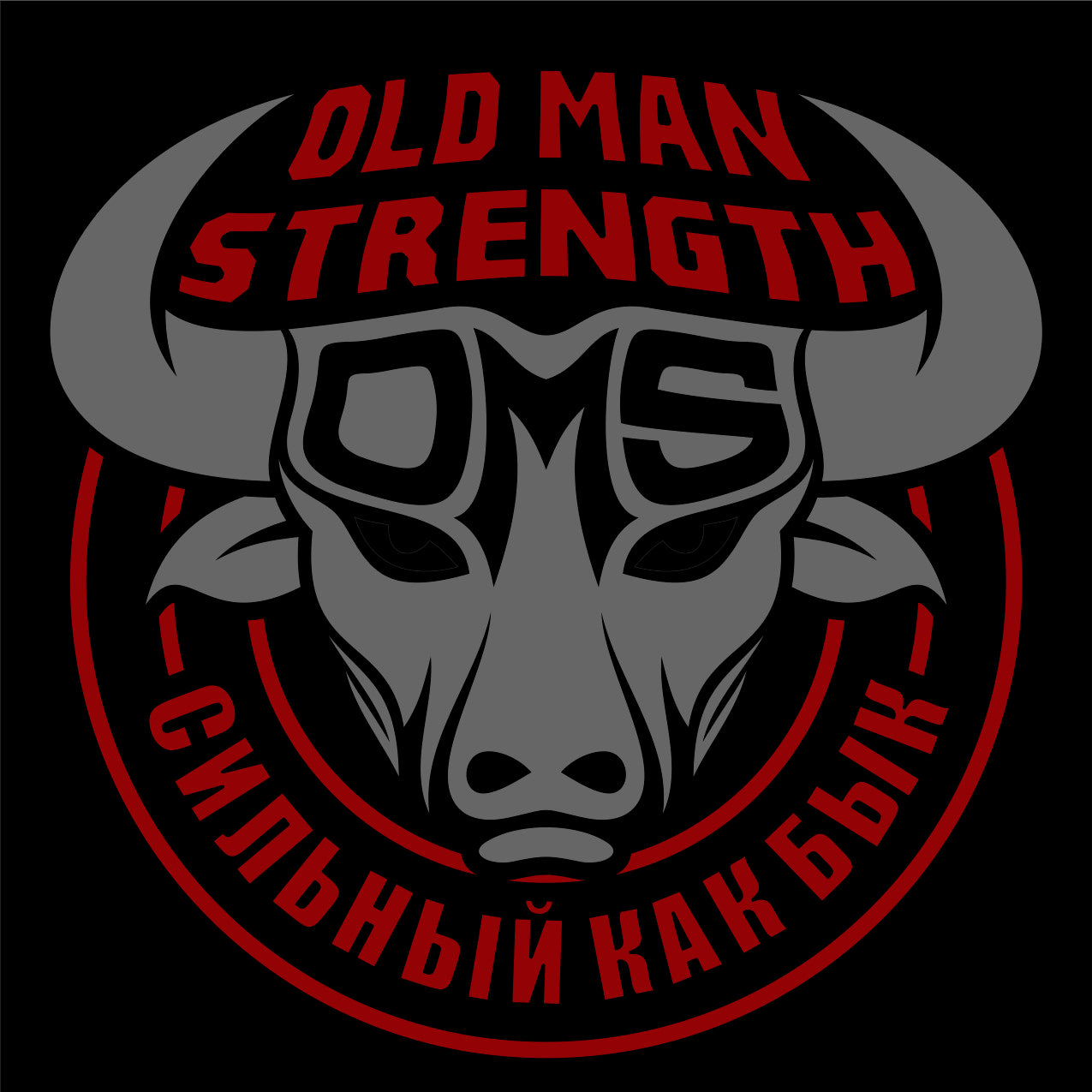
Technique is Not Enough – An Interview with BJJ Black Belt Roy Harris
There are few Jiu-Jitsu black belts with the background, intensity and richness of experience of Roy Harris. Author of BJJ over 40, a soon to be sixth degree black belt under Joe Moreira, and with over 36 years of combat arts experience, we sat down with Roy this week to ask his views on old man strength, motivation and Jiu Jitsu.
Roy began training in 1981, and found Dan Inosanto’s academy in 1987 where he learned a range of martial arts styles until beginning his training in Brazilian Ju Jitsu in 1991. Originally taught by Rickson, Royler and Royce Gracie, Harris was awarded his blue belt personally from Royler Gracie at the end of his 13th private lesson. The road since then has been somewhat of a tour de force for Harris, who after running his own academy for 17 years, authoring several iOS apps and books, began what can only be described as a consulting career in the combat arts. Harris now teaches privately, contracts with law enforcement agencies and with military units.
We begin with what keeps him motivated. Harris travels extensively, with a seminar schedule of around 30 annual bookings as well as smaller events allowing him to focus on his deeply technical understanding of Brazilian Jiu Jitsu, and in particular the use of pressure to control and submit opponents. Harris is lean, with a serious demeanour, and he considers our questions, taking the time to explain his perspectives carefully.
Mindset is Everything
“I keep my motivation high in four ways. Firstly, through having a proper mindset. This is absolutely critical to the process of continuous improvement. I’m deeply influenced by BJJ, Jeet Kune Do, and fitness methods of seeing the world, which mean that I focus on safety, enjoyment, and absolutely laser focussed approach on mastery over a small number of techniques, and a structured and progressive training curriculum. On the safety aspect, its important as we get older – actually, at any age – to dispense with the romance aspects of fighting. By avoiding “those types” of training partners, its possible to enjoy, grow and develop over the years in a positive way”.
We ask about the role of technique in this evolution. As we get older, can technique take the place of the high powered explosive strength we had in our youth?
“It’s an interesting question”. He sits back. “In my way of thinking, most actions begin in the mind. If the mind is not disciplined and matured – developed – to a high level, then its hard to avoid immature, incorrect and inefficient thoughts which means that actions of a similar nature are sure to follow. For example, I hear Jiu Jitsu practitioners say things like, “It’s all about technique.” From all that I have witnessed and experienced in training (in 27 styles and with 51 instructors), I can’t agree and in fact I think it’s an inefficient statement in many ways because I’ve often seen it lead many people to a position of frustration and injuries”.
He senses the next question, and continues. “I know some might argue with me that IT IS all about technique, but I would respond by saying, “If it truly was all about technique, Professor Royce Gracie would still be the UFC champion. However, because people have learned his art of Jiu Jitsu and have combined it with a handful of other highly effective styles of martial art, Royce – and many others – have had to take a backseat to repeated success in the UFC. So, I’m not convinced that it is all about technique”.
We ask him whether this applies to himself. “Of course. I’ve been fortunate in my life that by focusing on several mindsets to guide my thoughts and actions, I have been able to enjoy the art as well as remain almost injury free. I say “almost” because I’ve had my fair share of injuries, but generally these happened because – at the time – I had not fully developed the mindsets I needed”. Example, we ask? “Well, learning to say no, for one. With fewer and fewer injuries over time, I stayed motivated and I stayed training. When I did get injured though, I persevered. I remember I once injured one of my knees back in the late 1990’s, and so I spent a year developing the beginnings of what I call “the one legged guard.” He laughs. “I literally spent an entire year focusing on using one leg to control someone who was trying to pass my guard”.
Harris is a regular visitor to the Old Man Strength communities and site, and we ask him what advice he would impart to those in the community that train in the combat arts. He broadens the question. “Imagine you have X and Y lines. The X line represents the quantity of techniques you’ve been taught, and the Y is the quality of information you’ve received about those techniques or the depth of instruction in taking those techniques to a point where they’ve become useable, repeatable and measurable skill sets”.
He continues. “I have gone a different route than many of my contemporaries. While many of them have pursued the knowledge of thousands of techniques, I’ve pursued depth in the understanding as well as the use of various training methods for some very specific reasons. Many years ago, I taught the basic under the leg guard pass at my academy. The students spent 90 minutes learning and practicing the extreme basics of this high percentage technique. At the end, I told the students “We’ve spent an hour and a half on the basic under the leg guard pass. As you can see, there are a lot of details to learn, practice and develop and we have barely scratched the surface of my knowledge and understanding of this one technique. The reality is that the session could have taken at least five more hours before I felt we had exhausted the technical aspects of the pass”.


